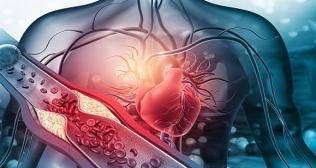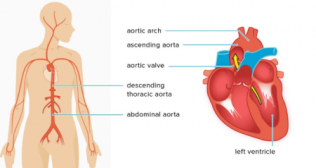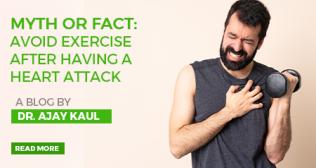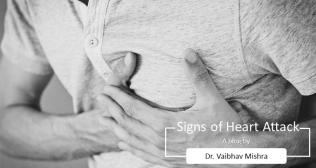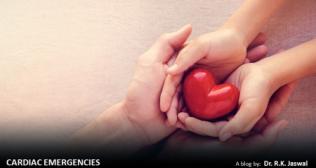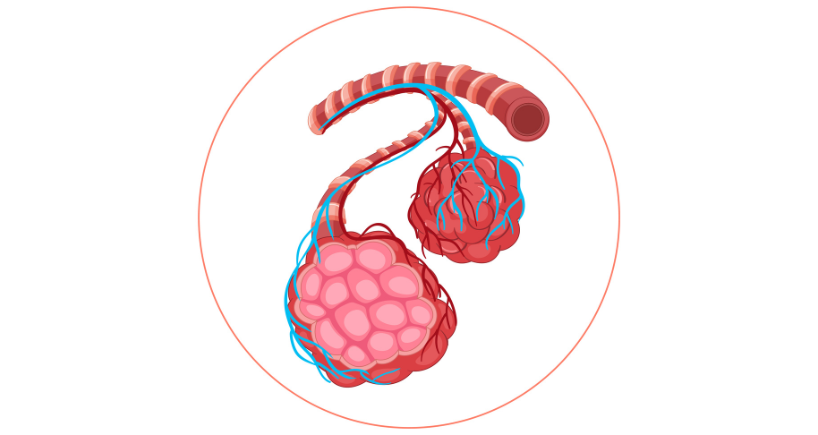
Cutting-Edge Treatments for Aortic Aneurysms
An aortic aneurysm is a serious medical condition involving bulging the aorta, the largest artery from the heart in the body. However, this can occur anywhere in the body, which runs through the aorta, and if it is left untreated, the chances of it getting ruptured are high, which results in life-threatening internal bleeding, which could cost a life. As our understanding of vascular diseases advances and novel approaches emerge from the latest research and theory, it leads to minimally invasive, cost-effective, and safer options for patients. This blog will encompass the latest cutting-edge treatment approaches and options for aortic aneurysms.
Overview of aortic aneurysm
This aortic aneurysm occurs when a part of the aorta (aortic wall, in particular) weakens, leading to a bulge outward. Aortic aneurysms are of following types:
- Abdominal aortic aneurysms (AAA): These aneurysms occur in the aorta and run in the stomach region.
- Thoracic aortic aneurysm (TAA): This occurs in the chest region, exposing a higher chance of bleeding into the lungs and other vital organs.
Risk factors of aortic aneurysm include:
- Age: Older people are more susceptible to the aortic aneurysm.
- Smoking: Cigarette smoking increases the risk of aortic aneurysm.
- High BP: People suffering from high BP usually have greater pressure in the aorta, which causes bulging of the aorta.
- High cholesterol: Individuals having constant high cholesterol increases the risk.
- Genetics: Some people, by birth, pose a high risk of aortic aneurysm.
The scary image of an aortic aneurysm is that it is asymptomatic until it grows to a certain size, and alarmingly, it can rupture, causing a life. It is advised that routine screening for people at risk.
Conventional treatment strategies
Till now, the cornerstone therapy for the aortic aneurysm was open surgical repair. This involves making a large incision under anaesthesia in the chest or in the abdomen, depending on the site, surgically removing the bulged aorta and replacing it with synthetic grafts. However, open surgical repair is the only option in complex cases.
Apart from the success of open surgery, there are quite the risks associated with it. People undergoing open surgery have to stay in the hospital longer, followed by a series of rehabilitation. It also poses a greater risk of bleeding, infection, blood clots, cardiovascular diseases and many more. These surgeries are always associated with higher risk rates with older people or with people suffering from multiple diseases.
Moreover, in terms of long-term outcomes, open surgical repairs offer better outcomes than other treatment options.
Cutting-edge treatment options
Advancements in medical procedures and technologies have made incredible strides to have better outcomes and therapeutic properties. Some of them are as follows:
Endovascular aneurysm repair (EVAR): This is a minimally invasive surgical procedure involving a stent placement through a small incision in the groin region guided through advanced imaging techniques. This graft strengthens the aorta and restores the blood flow. This significantly reduces the pressure on the bulged aorta, which diminishes the probability of rupture.
There are a number of advantages of EVAR over open surgical repairs. They include:
- Shorter recovery time: The patient will get discharged from the hospital in a shorter interval.
- Low complication rates: As this is minimally invasive, the risk of complications is substantially reduced.
However, EVAR is not without any limitations.
- Stent placement precision: The biggest concern is the positional stability of the stent. It can move or leak over time, which causes a condition called ‘endoleak’, where blood continues to fill the aneurysm.
- Regular follow-ups: Though regular follow-ups are required, EVAR requires extensive follow-ups compared to open surgical repair. This may lead to discontinued patient visits, leading to unseen complications.
- Thoracic EVAR: This is similar to EVAR, in which the stent placement is done via an incision in the femoral artery. TEVAR is also a minimally invasive surgery offering reduced hospital stay, cost-effectiveness, and reduced risks of complications.
- Hybrid procedures: In some cases, aneurysms are too complex to be treated only with the EVAR or TEVAR. Hence, it would be combined with open surgical repairs. For instance, reduction in incision size and performing minimal open surgical procedures and then combining it with EVAR or TEVAR to have a better reach to the aneurysm site.
- Advances in imaging and monitoring: Likewise, the treatment, diagnosis, and operational imaging play a crucial role in aortic aneurysms. High-resolution imaging techniques, including computed tomography (CT) or magnetic resonance imaging (MRI), enable detailed visualisation of the bulged aorta.
- Pharmacological interventions: Multiple medications play an integral part in the treatment of aortic aneurysm. Medications such as beta-blockers, angiotensin receptor blockers and statins reduce the risk of rupture and formation of aneurysm. While these medications are not curative, they offer protection against risk factors. Emerging research is also focusing on genetic interventions; however, these are in the experimental stages.
Conclusion
Medical science and technology combined with research have resulted in advancements in the treatment of aortic aneurysms. Endovascular techniques such as EVAR, TEVAR, combined procedures, and pharmaceuticals greatly improve the quality of life in patients with aortic aneurysms. However, all that matters is early detection!








